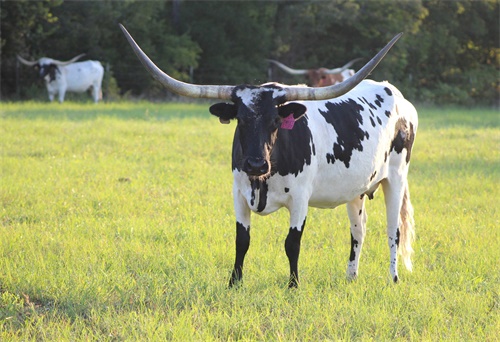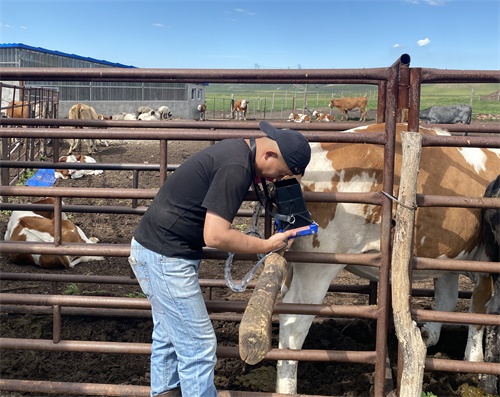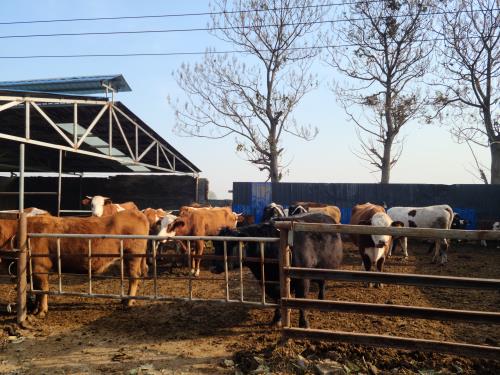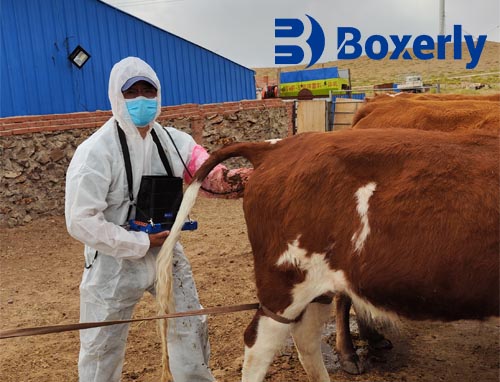Calving is one of the most critical events in a cow’s life and for the farmer’s bottom line. A smooth calving means the cow recovers faster, returns to milking, and breeds back on time. But when complications arise—such as difficult births, dead calves, or retained placentas—the costs are high. Farmers often wonder if there is a way to predict and reduce these risks before calving even starts. Ultrasound has become a valuable tool to give farmers and vets a clearer picture of what’s happening inside the cow, helping them prepare and prevent problems.

Why Calving Complications Matter
Calving issues aren’t just about losing one calf. They often have long-term consequences for the cow:
Reduced fertility: Cows that experience dystocia often take longer to return to heat.
Higher vet bills: Difficult calvings usually require interventions and medication.
Lower milk production: Stress and uterine infections cut yield in the next lactation.
Culling risk: Severe complications can shorten the productive life of the cow.
Preventing these outcomes starts with identifying risks early, and that’s where ultrasound plays a major role.
What Ultrasound Can Reveal Before Calving
Unlike manual palpation, ultrasound allows detailed visualization of both the calf and the uterus. Farmers gain valuable insights about:
Fetal size and position.
Twin pregnancies.
Placental health.
Signs of infection or abnormal fluid.
Here’s a breakdown of what ultrasound adds compared to traditional checks:
| Aspect | Traditional Check | With Ultrasound |
|---|---|---|
| Fetal position | Hard to confirm until late gestation | Accurate visualization months before calving |
| Calf size | Estimated by palpation only | Measured with precision to predict dystocia |
| Twin pregnancies | Often missed until calving | Detected early, allowing closer management |
| Placental health | Not visible | Can spot fluid buildup or infections early |
Preventing Dystocia with Early Insights
One of the biggest worries for farmers is dystocia, or difficult birth. Oversized calves, malposition, and twin pregnancies are major causes. Ultrasound gives early warning signs of these risks. For example, if a fetus is growing too large, farmers can adjust the cow’s diet to prevent excess weight gain or prepare for assisted delivery. In the case of twins, cows can be monitored more closely to reduce stress and ensure adequate nutrition.
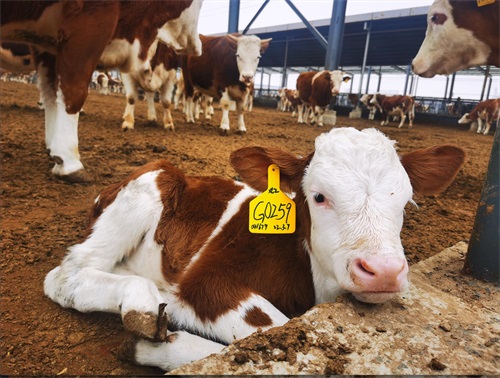
Monitoring Uterine Health Before and After Calving
Another benefit of ultrasound is checking uterine health. Before calving, it can detect infections or abnormal fluid that might lead to retained placentas. After calving, ultrasound helps confirm that the uterus is cleaning up properly, reducing the risk of endometritis and poor fertility in the next cycle. This preventative approach improves cow recovery and reduces antibiotic use.
Practical Farm Applications
For farmers, using ultrasound doesn’t mean scanning every cow daily. Instead, it can be applied strategically:
High-value animals: Breeding stock or cows with a history of difficult calving.
Suspected twin pregnancies: To manage nutrition and prepare for complications.
Repeat problem cows: To catch uterine infections or poor recovery early.
Close-up cows: Those nearing calving, to ensure readiness and reduce surprises.
Conclusion
Calving complications may never be eliminated entirely, but they can be reduced with better information. Ultrasound provides farmers and vets with a safe, reliable way to see what’s going on inside the cow before problems occur. By detecting risks such as oversized calves, twins, or uterine infections early, farmers can make informed management decisions that protect both cows and calves. The result is fewer emergencies, healthier animals, and better long-term fertility.

